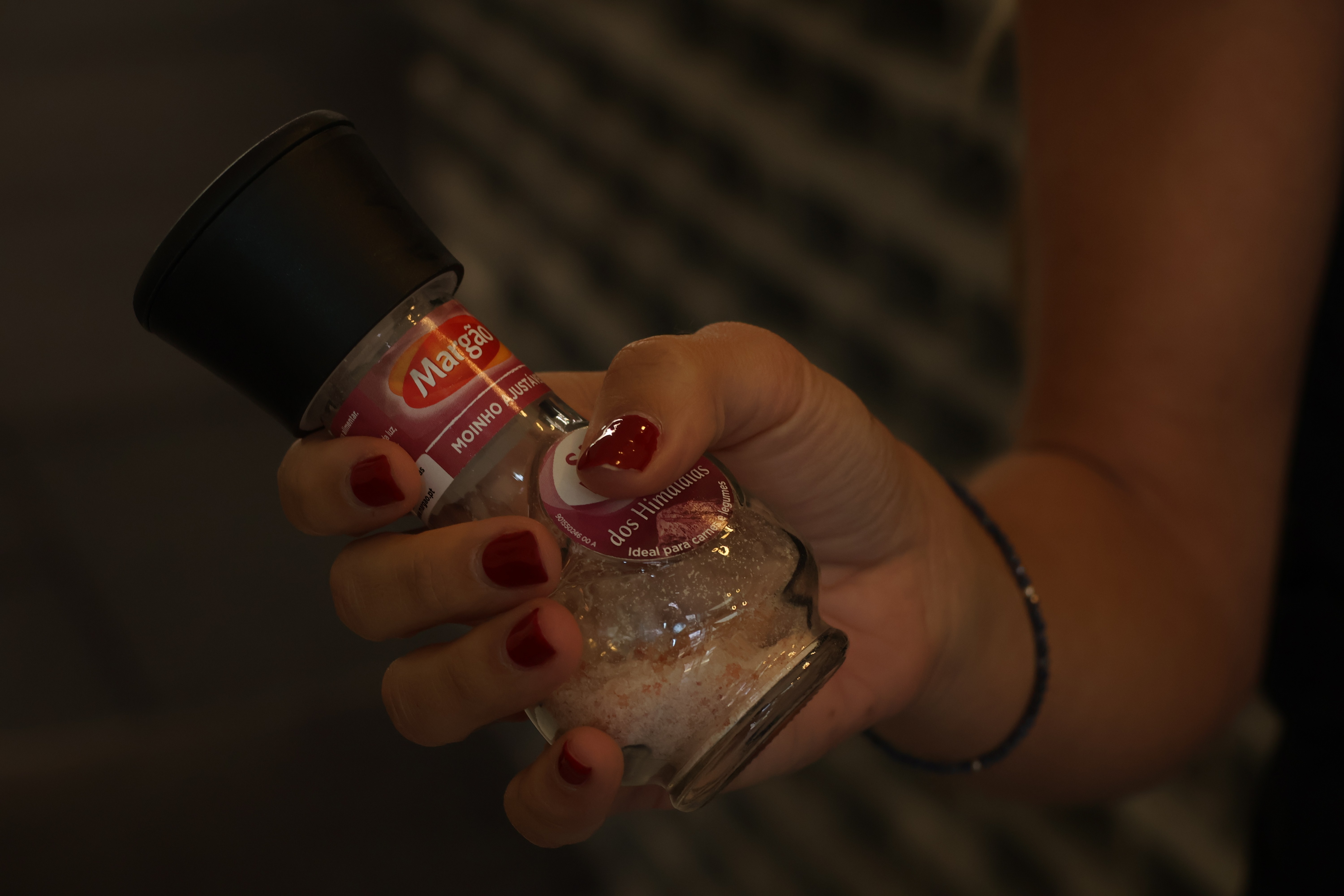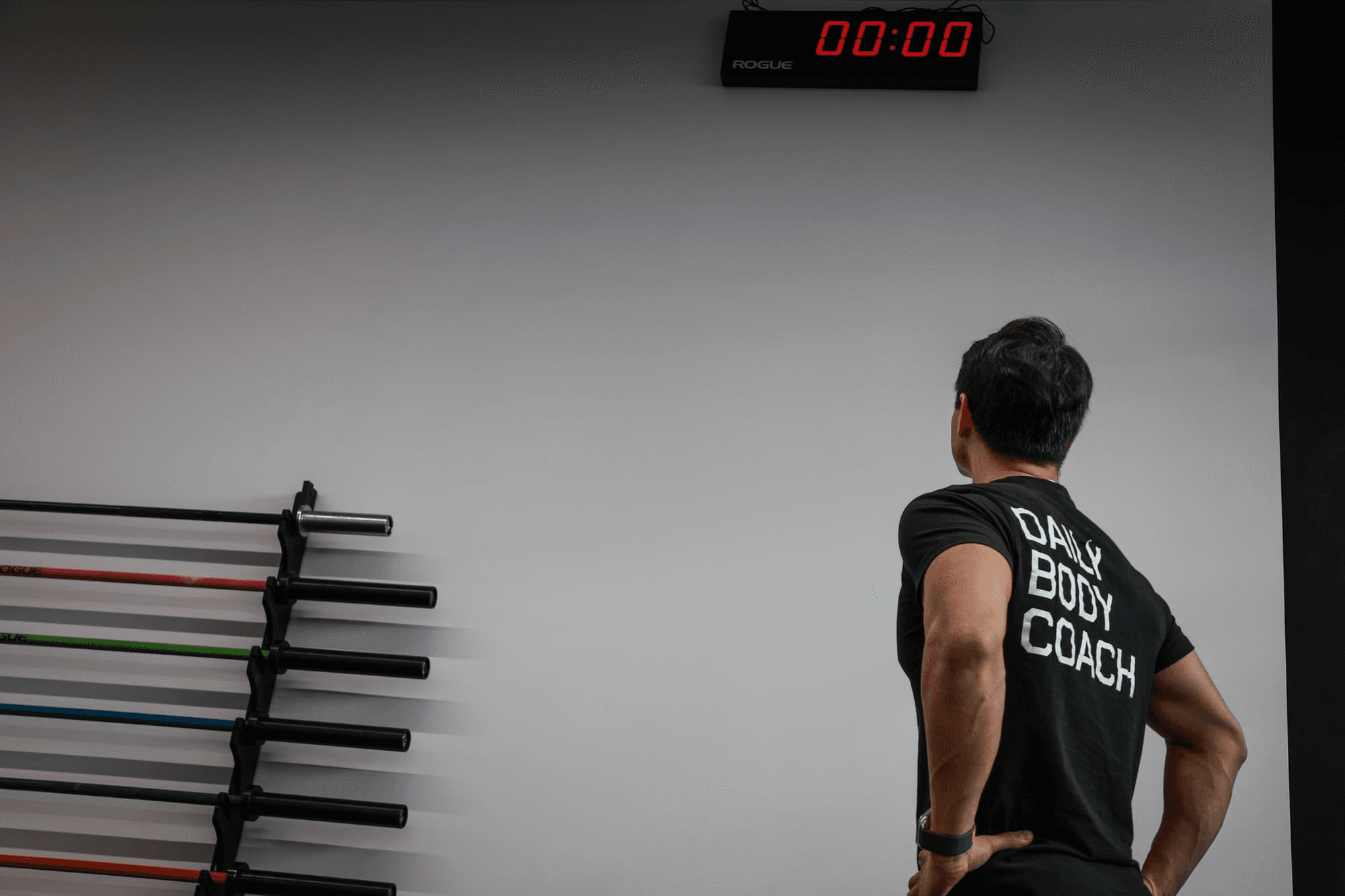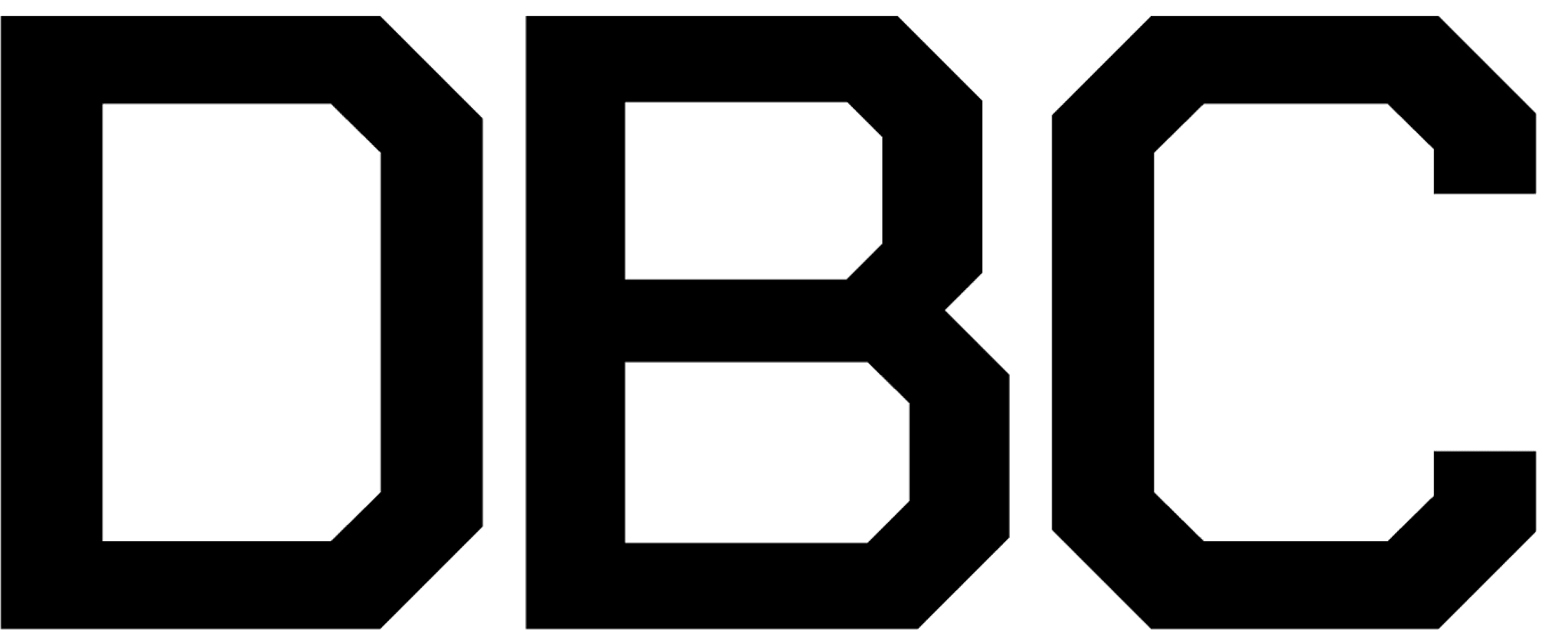3
min read
Our bodies were built to move and it’s scary to think that in today’s world, the average adult spends more than half of their waking hours being sedentary - working at our desks, watching TV, traveling or being idle on our smartphones.
This can cause several health issues including increased weight, probability of depression, chronic diseases like diabetes and cancer, as well as lower back, neck and shoulder pain (musculoskeletal issues) and increasing the risk of bone fractures (osteoporosis).
Here are 4 strategies you can fit in your busy scheduled to combat being inactive.
Strategy #1 - Implement micro-breaks
Taking breaks can boost our productivity in the workplace and mitigate the health risks associated with prolonged periods of inactivity.
Here's how you can implement this in your schedule:
When in meetings: Adapt the length of your meetings
Microsoft's Human Factors Lab found that stress accumulates with back to back meetings, as well as reducing our ability to focus and engage. This pattern can lead to stress-induced eating habits, which can cause weight gain.
Most of us default our meetings to 30 or 60 minutes. In many scenarios, these discussions or decisions can be resolved in a shorter time frame.
Consider ending 30 minute meetings 5 minutes early and longer meetings 10 minutes earlier. This can be done automatically on Google Calendar (using speedy meetings) and on Microsoft Outlook. Organizations can also set defaults for all employees.
When doing focused work: Boost your productivity while taking a micro-break
When you’re not in meetings and need to get focused work in, try the Pomodoro technique. This is a 25 minute period of focused work followed by a 5 minute break.
This results in increased movement and health benefits, while increasing your productivity. You can get started with a simple timer on your smartphone or use this free Pomodoro timer.
What should I do during my micro-breaks?
Focus on getting some movement – you can either go for a short walk (even going to the kitchen to get a glass of water), stand for a while or try some of the exercises below (which have the added benefit of helping combat posture issues that arise from sitting down for extended periods at a desk):
Aim to complete as many sets as possible within your micro-break. Perform each exercise for 10 - 12 reps for up to 3 sets.
Ring / TRX Rows
Banded Face Pulls
Dumbbell Deadlift
High Plank
Goblet Squats
Strategy #2 - Walking meetings
Have a look through your calendar for the next month - find a meeting (preferably one that is recurring) that you can take walking. This can be done online or in person. The latter can help you build better relationships.
A Stanford University study showed that walking meetings enhances creativity and productivity, while also increasing their ability to express ideas more fluently because of increased blood flow to the brain.
Strategy #3 - Get a standing desk
Instead of sitting while working, consider standing for a part of the day.
If you do this during meetings, you’ll have the added bonus that it’ll help project your voice better - making your communication clearer while passing on a more confident tone. To do this, stand up straight, with your shoulders back and chest open.
If you’re not sure whether you’d enjoy a standing desk, consider a cheap portable cardboard option or propping your laptop under some books before investing in a standing desk.
Strategy #4 - Get an ergonomic desk set up
If you’re spending a lot of time at your desk, it’s important to invest in a good chair and make sure that you’re set up well.
This means that:
The top of your monitor should be at eye level
Your keyboard and mouse are easy to reach
Elbows are towards your ribs at a 90º angle
Wrists are straight with relaxed fingers
Feet are flat on the floor - avoid crossing the legs and knees
Take Action
You've read through 4 actionable strategies to help combat the health risks of a sedentary lifestyle, while also boosting your productivity. Now it's time to take action - pick which one you'd like to implement first and let us know how you get on!
